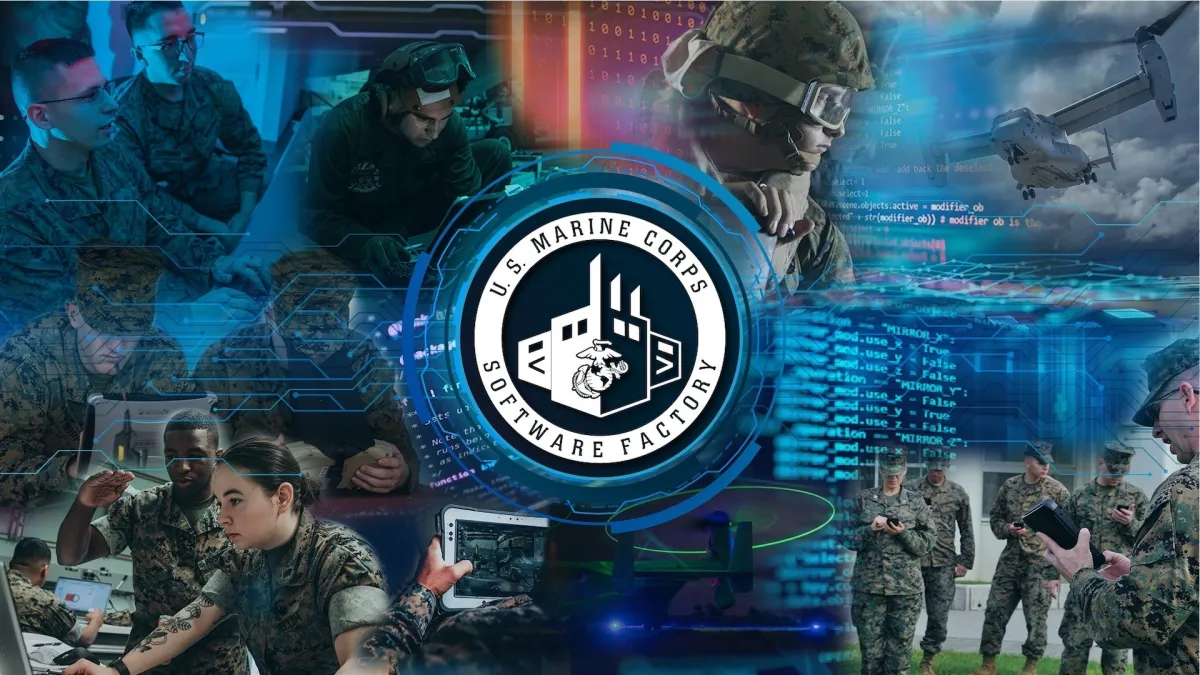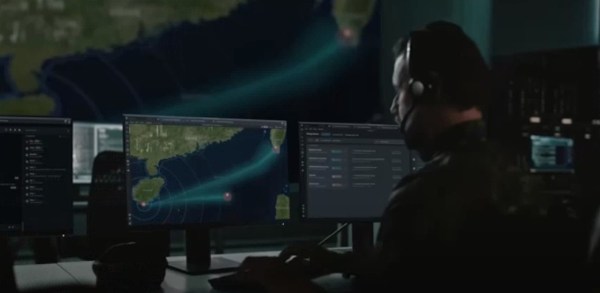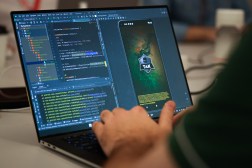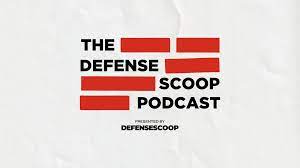Marine Corps developed software to control commercial radars

The Marine Corps built its own software to control commercial radar devices that can be purchased at fishing stores, allowing its forces to have greater maritime domain awareness.
A recent test of the technology came at the Army’s Project Convergence Capstone 5 event in March at Fort Irwin, California, a joint experimentation venue for the services to test concepts for interoperability in the vein of the Pentagon’s Combined Joint All-Domain Command and Control concept, which envisions how systems across the entire battlespace could be more effectively and holistically networked to provide the right data to commanders, faster. The word “combined” in the parlance of the framework, refers to bringing foreign partners into the mix.
The Marine Corps Software Factory, located in Austin, Texas with the Army’s Software Factory, developed what it dubbed Crusader software to see if it was a viable alternative to the current commercial middleware used by a lot of units to control these radars, such as Furuno and eventually Simrad, which was not tested at Project Convergence.
While the government and Department of Defense have been pushing the use of commercial-off-the-shelf capabilities as much as possible, the Corps noted several benefits of developing government-built software in this context.
First, radar systems can be complicated and not necessarily geared toward the way troops must employ them. By developing their own software, the Marines at the Software Factory can build tools specifically for Marines at the tactical edge and more easily interface with them as well as other joint service members.
Second, creating government-off-the-shelf software can be cheaper than relying on commercial products.
“It doesn’t cost the government anything more than our salaries to develop it. Whether I develop eight applications in a year or one, we pay you the same,” Capt. Brian Atkinson, a full-stack engineer at the factory, said in an interview.
Moreover, that means there aren’t licensing fees associated with the software, which can not only be costly, but if not managed properly, can expire at the worst possible times.
Atkinson noted he’s experienced licenses expiring in the middle of exercises and been unable to reach out to the vendor to renew it — an untenable situation in real-world operations. Solely relying on vendor support while troops are forward-deployed isn’t always the best option.
The Crusader software, which has been in development for about four months, was an improvement to the existing system, officials said, noting the old software was difficult to use and didn’t fit the plans the Marine Corps had.
The concept behind the new software is that stand-in forces — units based in close proximity to the enemy — need to be able to remote into commercial radar systems such as the Furuno. Those capabilities provide sonar, collision detection and navigation, which overall will give those stand-in forces the ability to extend maritime domain awareness.
Those commercially available radars fit well into the commandant’s Force Design vision because the radars are relatively inexpensive and readily available when compared to traditionally fielded systems, Sgt. Max Idler, a coder and developer, said. Thus, they provide an attractive option when the service can rapidly procure a capability and repurpose it for the joint fight.
At Project Convergence, categorized as a big success, Crusader and the radars it controlled provided the maritime situational awareness data for the Southern California area for the experiment, which benefited all the joint partners participating. Officials said they processed Furuno radar data, produced tracks and targets off of it, and fed that data through the Secure But Unclassified-Encrypted network.
Officials noted there were tweaks that they needed to make in order for the software to be more user friendly.
Following Project Convergence and working with the Naval Information Warfare Center Atlantic, the Marines plan to include Crusader on a commercial-off-the-shelf radar kit that will be distributed to the Fleet Marine Force sometime in the next year. If that field user evaluation goes well, Crusader will be the centerpiece of radar processing software on the kit.
The Software Factory is also discovering that there is wider interest and larger demand for Crusader. Given it is government developed, it can be applicable to all elements of the joint team members and potentially coalition partners that wish to use commercial-off-the-shelf radars for situational awareness.
The demand comes from wider DOD interest in using different maritime surveillance capabilities for various mission sets, such as special operations forces.
Officials from Marine Forces Special Operations Command have voiced their desire to use Crusader given it doesn’t require licensing to the radars themselves.
“That is a strategic add to how MARSOC likes to operate,” Idler said, noting they’re looking to test Crusader with them off a tech stack they developed using Raspberry Pi’s.






